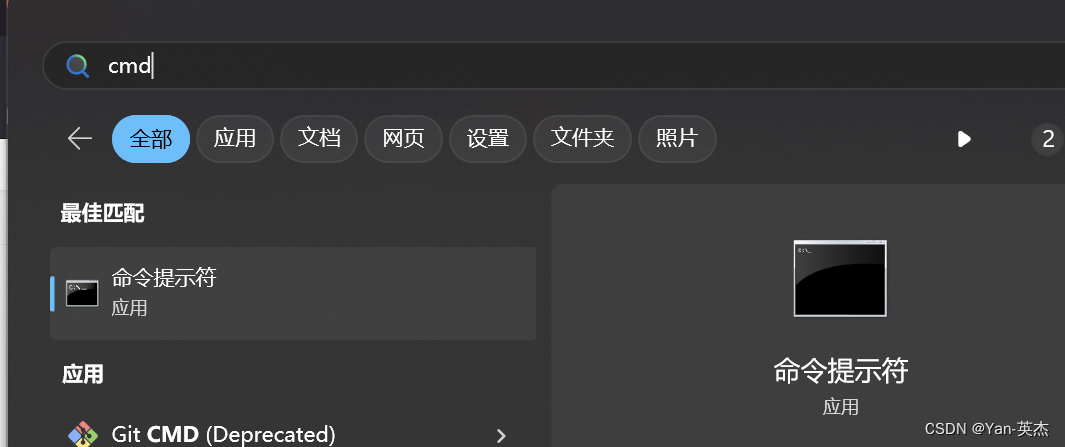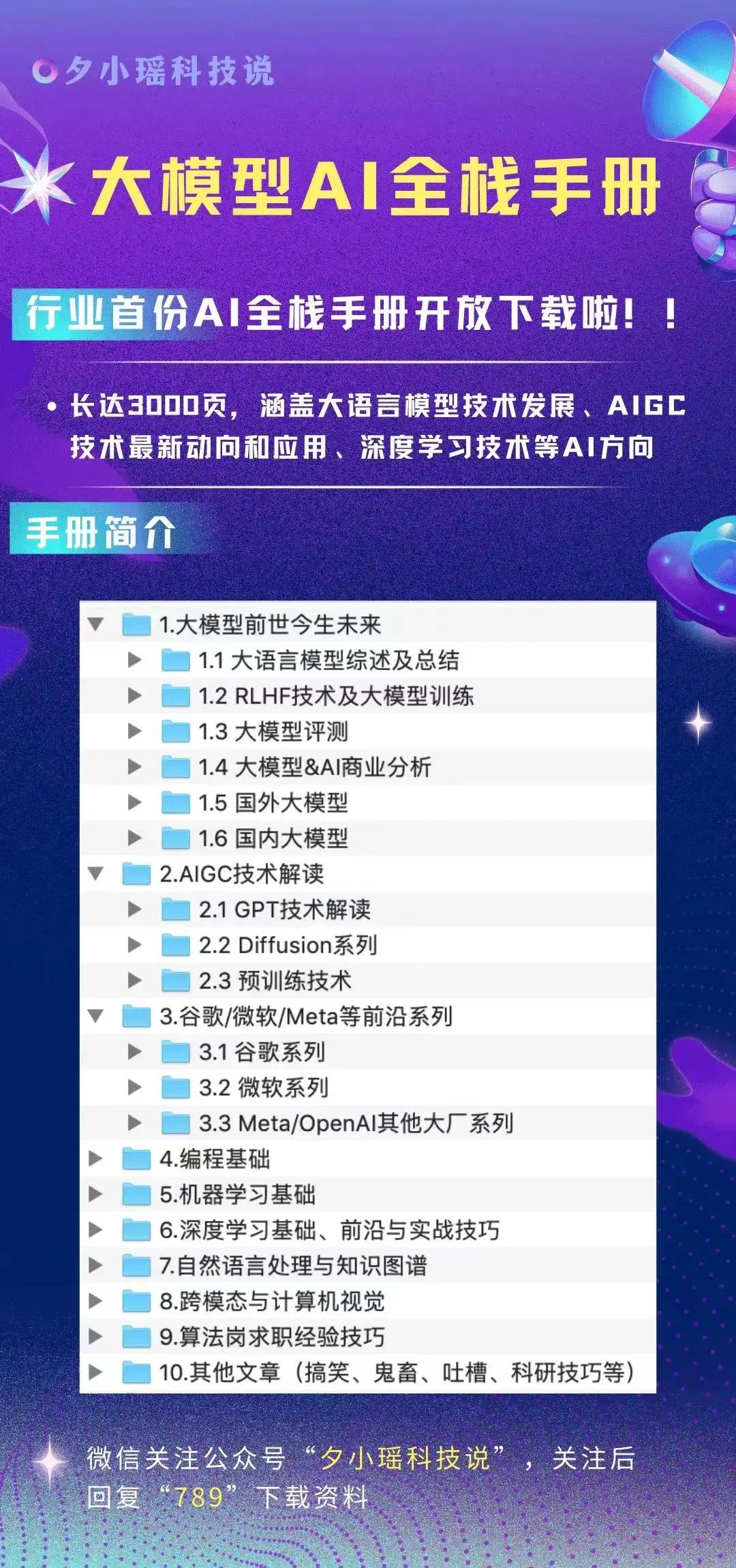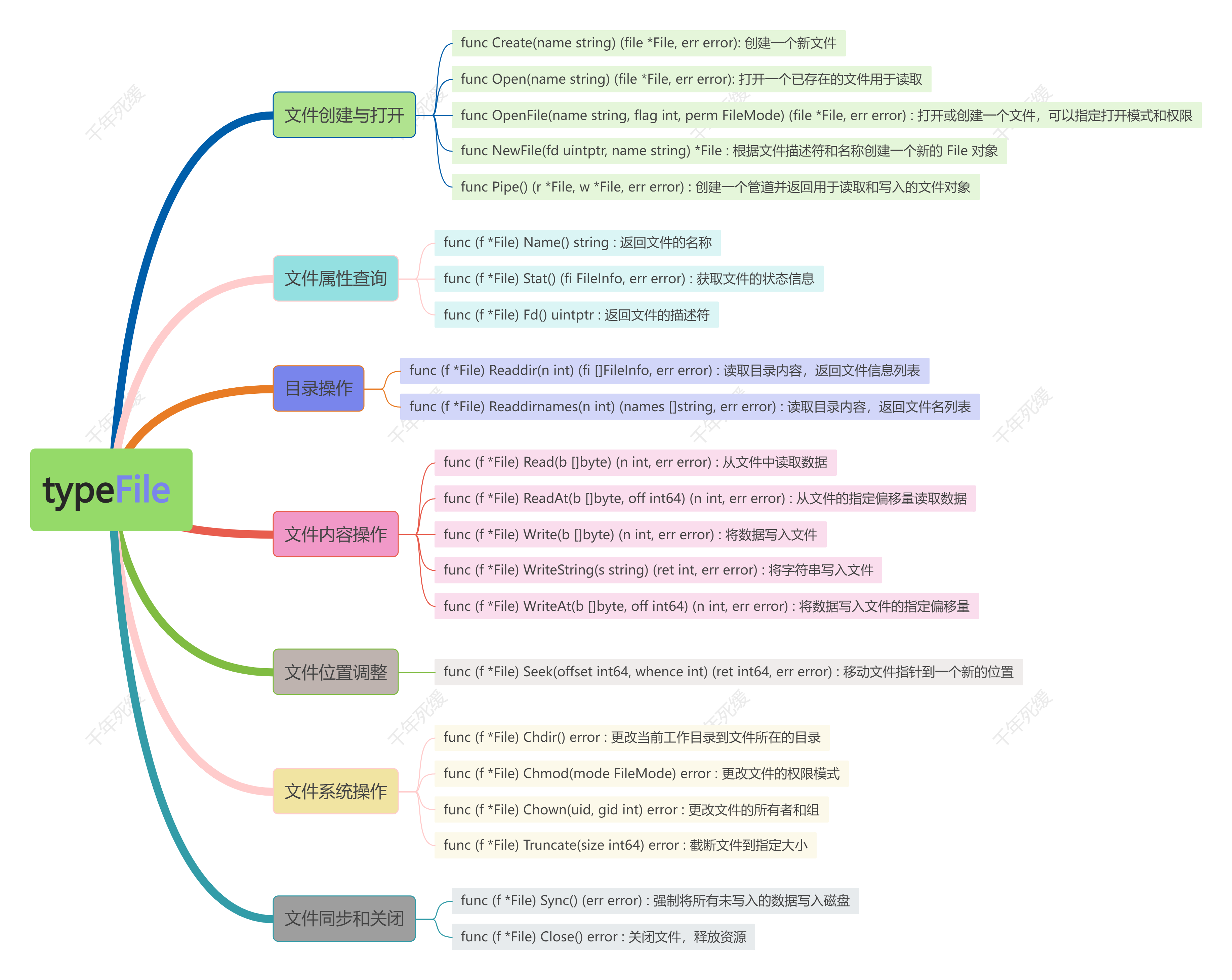目录
环境
环境
导包
数据集加载
数据集迭代
数据集常用操作
shuffle
map
batch
自定义数据集
可随机访问数据集
可迭代数据集
生成器
MindSpore提供基于Pipeline的数据引擎,通过数据集(Dataset)和数据变换(Transforms)实现高效的数据预处理。
其中Dataset是Pipeline的起始,用于加载原始数据。
mindspore.dataset提供了内置的文本、图像、音频等数据集加载接口,并提供了自定义数据集加载接口。
环境
环境
%%capture captured_output
# 实验环境已经预装了mindspore==2.2.14,如需更换mindspore版本,可更改下面mindspore的版本号
!pip uninstall mindspore -y
!pip install -i https://pypi.mirrors.ustc.edu.cn/simple mindspore==2.2.14导包
import numpy as np
from mindspore.dataset import vision
from mindspore.dataset import MnistDataset, GeneratorDataset
import matplotlib.pyplot as plt数据集加载
以Mnist数据集作为样例,使用mindspore.dataset进行加载。
mindspore.dataset提供的接口仅支持解压后的数据文件,使用download库下载数据集并解压。
Mnist数据集,是一个广泛应用于机器学习领域的手写数字图像数据集。所有图像都是28×28的灰度图像,每张图像包含一个手写数字(0-9)。
# Download data from open datasets
from download import downloadurl = "https://mindspore-website.obs.cn-north-4.myhuaweicloud.com/" \"notebook/datasets/MNIST_Data.zip"
path = download(url, "./", kind="zip", replace=True)压缩文件删除后,直接加载,可以看到其数据类型为MnistDataset。
train_dataset = MnistDataset("MNIST_Data/train", shuffle=False)
print(type(train_dataset))# <class 'mindspore.dataset.engine.datasets_vision.MnistDataset'>数据集迭代
数据集加载后,一般以迭代方式获取数据,然后送入神经网络中进行训练。
可以用create_tuple_iterator或create_dict_iterator接口创建数据迭代器,迭代访问数据。
访问的数据类型默认为Tensor;若设置output_numpy=True,访问的数据类型为Numpy。
下面定义一个可视化函数,迭代9张图片进行展示。
def visualize(dataset):# 使用plt.figure(figsize=(4, 4))初始化一个图形figure = plt.figure(figsize=(4, 4))cols, rows = 3, 3# 用于调整子图之间的水平和垂直间距plt.subplots_adjust(wspace=0.5, hspace=0.5)# 使用enumerate(dataset.create_tuple_iterator())遍历数据集,每次迭代返回一个索引(idx)、图像(image)和标签(label)# figure.add_subplot(rows, cols, idx + 1)用于在图形中添加子图,但注意索引是从1开始的,因为Matplotlib的子图索引是基于1的。# plt.title(int(label))设置子图的标题为标签的整数值。# plt.axis("off")关闭子图的坐标轴。# plt.imshow(image.asnumpy().squeeze(), cmap="gray")显示图像。这里image.asnumpy().squeeze()假设image是一个可以转换为NumPy数组的对象,并且squeeze()用于移除单维度条目。for idx, (image, label) in enumerate(dataset.create_tuple_iterator()):figure.add_subplot(rows, cols, idx + 1)plt.title(int(label))plt.axis("off")plt.imshow(image.asnumpy().squeeze(), cmap="gray")# 确保只绘制前9个图像if idx == cols * rows - 1:breakplt.show()visualize(train_dataset)
数据集常用操作
Pipeline的设计理念使得数据集的常用操作采用dataset = dataset.operation()的异步执行方式,执行操作返回新的Dataset,此时不执行具体操作,而是在Pipeline中加入节点,最终进行迭代时,并行执行整个Pipeline。
几种常见的数据集操作如下:
shuffle
数据集随机shuffle可以消除数据排列造成的分布不均问题。

mindspore.dataset提供的数据集在加载时可配置shuffle=True,或使用如下操作:
train_dataset = train_dataset.shuffle(buffer_size=64)visualize(train_dataset)
map
map操作是数据预处理的关键操作,可以针对数据集指定列(column)添加数据变换(Transforms),将数据变换应用于该列数据的每个元素,并返回包含变换后元素的新数据集。
image, label = next(train_dataset.create_tuple_iterator())
print(image.shape, image.dtype)# (28, 28, 1) UInt8对Mnist数据集做数据缩放处理,将图像统一除以255,数据类型由uint8转为了float32。
train_dataset = train_dataset.map(vision.Rescale(1.0 / 255.0, 0), input_columns='image')对比map前后的数据,看数据类型变化。
image, label = next(train_dataset.create_tuple_iterator())
print(image.shape, image.dtype)# (28, 28, 1) Float32batch
将数据集打包为固定大小的batch是在有限硬件资源下使用梯度下降进行模型优化的折中方法,可以保证梯度下降的随机性和优化计算量。

一般我们会设置一个固定的batch size,将连续的数据分为若干批(batch)
train_dataset = train_dataset.batch(batch_size=32)batch后的数据增加一维,大小为batch_size
image, label = next(train_dataset.create_tuple_iterator())
print(image.shape, image.dtype)# (32, 28, 28, 1) Float32自定义数据集
mindspore.dataset模块提供了一些常用的公开数据集和标准格式数据集的加载API。
对于MindSpore暂不支持直接加载的数据集,可以构造自定义数据加载类或自定义数据集生成函数的方式来生成数据集,然后通过GeneratorDataset接口实现自定义方式的数据集加载。
GeneratorDataset支持通过可随机访问数据集对象、可迭代数据集对象和生成器(generator)构造自定义数据集。
可随机访问数据集
可随机访问数据集是实现了__getitem__和__len__方法的数据集,表示可以通过索引/键直接访问对应位置的数据样本。
例如,当使用dataset[idx]访问这样的数据集时,可以读取dataset内容中第idx个样本或标签。
# Random-accessible object as input source
class RandomAccessDataset:def __init__(self):self._data = np.ones((5, 2))self._label = np.zeros((5, 1))def __getitem__(self, index):return self._data[index], self._label[index]def __len__(self):return len(self._data)loader = RandomAccessDataset()
dataset = GeneratorDataset(source=loader, column_names=["data", "label"])for data in dataset:print(data)# [Tensor(shape=[2], dtype=Float64, value= [ 1.00000000e+00, 1.00000000e+00]),
# Tensor(shape=[1], dtype=Float64, value= [ 0.00000000e+00])]
# [Tensor(shape=[2], dtype=Float64, value= [ 1.00000000e+00, 1.00000000e+00]),
# Tensor(shape=[1], dtype=Float64, value= [ 0.00000000e+00])]
# [Tensor(shape=[2], dtype=Float64, value= [ 1.00000000e+00, 1.00000000e+00]),
# Tensor(shape=[1], dtype=Float64, value= [ 0.00000000e+00])]
# [Tensor(shape=[2], dtype=Float64, value= [ 1.00000000e+00, 1.00000000e+00]),
# Tensor(shape=[1], dtype=Float64, value= [ 0.00000000e+00])]
# [Tensor(shape=[2], dtype=Float64, value= [ 1.00000000e+00, 1.00000000e+00]), #Tensor(shape=[1], dtype=Float64, value= [ 0.00000000e+00])]# list, tuple are also supported.
loader = [np.array(0), np.array(1), np.array(2)]
dataset = GeneratorDataset(source=loader, column_names=["data"])for data in dataset:print(data)# [Tensor(shape=[], dtype=Int64, value= 0)]
# [Tensor(shape=[], dtype=Int64, value= 1)]
# [Tensor(shape=[], dtype=Int64, value= 2)]
可迭代数据集
可迭代的数据集是实现了__iter__和__next__方法的数据集,表示可以通过迭代的方式逐步获取数据样本。这种类型的数据集特别适用于随机访问成本太高或者不可行的情况。
例如,当使用iter(dataset)的形式访问数据集时,可以读取从数据库、远程服务器返回的数据流。
下面构造一个简单迭代器,并将其加载至GeneratorDataset。
# Iterator as input source
class IterableDataset():def __init__(self, start, end):'''init the class object to hold the data'''self.start = startself.end = enddef __next__(self):'''iter one data and return'''return next(self.data)def __iter__(self):'''reset the iter'''self.data = iter(range(self.start, self.end))return selfloader = IterableDataset(1, 5)
dataset = GeneratorDataset(source=loader, column_names=["data"])for d in dataset:print(d)# [Tensor(shape=[], dtype=Int64, value= 1)]
# [Tensor(shape=[], dtype=Int64, value= 2)]
# [Tensor(shape=[], dtype=Int64, value= 3)]
# [Tensor(shape=[], dtype=Int64, value= 4)]生成器
生成器也属于可迭代的数据集类型,其直接依赖Python的生成器类型generator返回数据,直至生成器抛出StopIteration异常。
下面构造一个生成器,并将其加载至GeneratorDataset。
# Generator
def my_generator(start, end):for i in range(start, end):yield i# since a generator instance can be only iterated once, we need to wrap it by lambda to generate multiple instances
dataset = GeneratorDataset(source=lambda: my_generator(3, 6), column_names=["data"])for d in dataset:print(d)# [Tensor(shape=[], dtype=Int64, value= 3)]
# [Tensor(shape=[], dtype=Int64, value= 4)]
# [Tensor(shape=[], dtype=Int64, value= 5)]学习打卡第三天




















